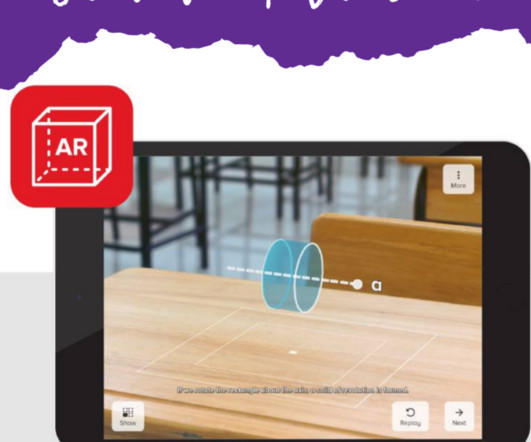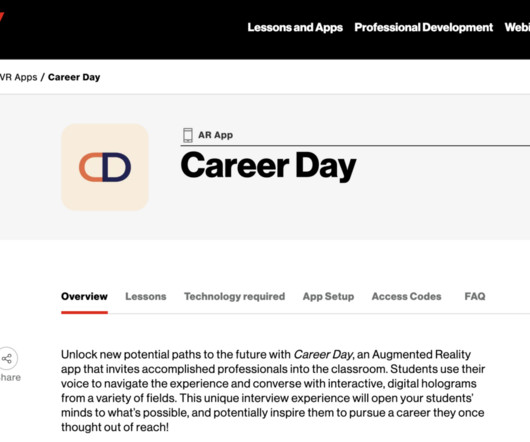10 AR Math Lessons You Need to See – SULS0196
Shake Up Learning
APRIL 25, 2023
The site offers tools for all educators regardless of the technology available to them, including hundreds of free standards-based lessons, immersive educational experiences, and professional development tools to help them learn new skills and feel more confident with technology integration. © Shake Up Learning 2023.

















Let's personalize your content